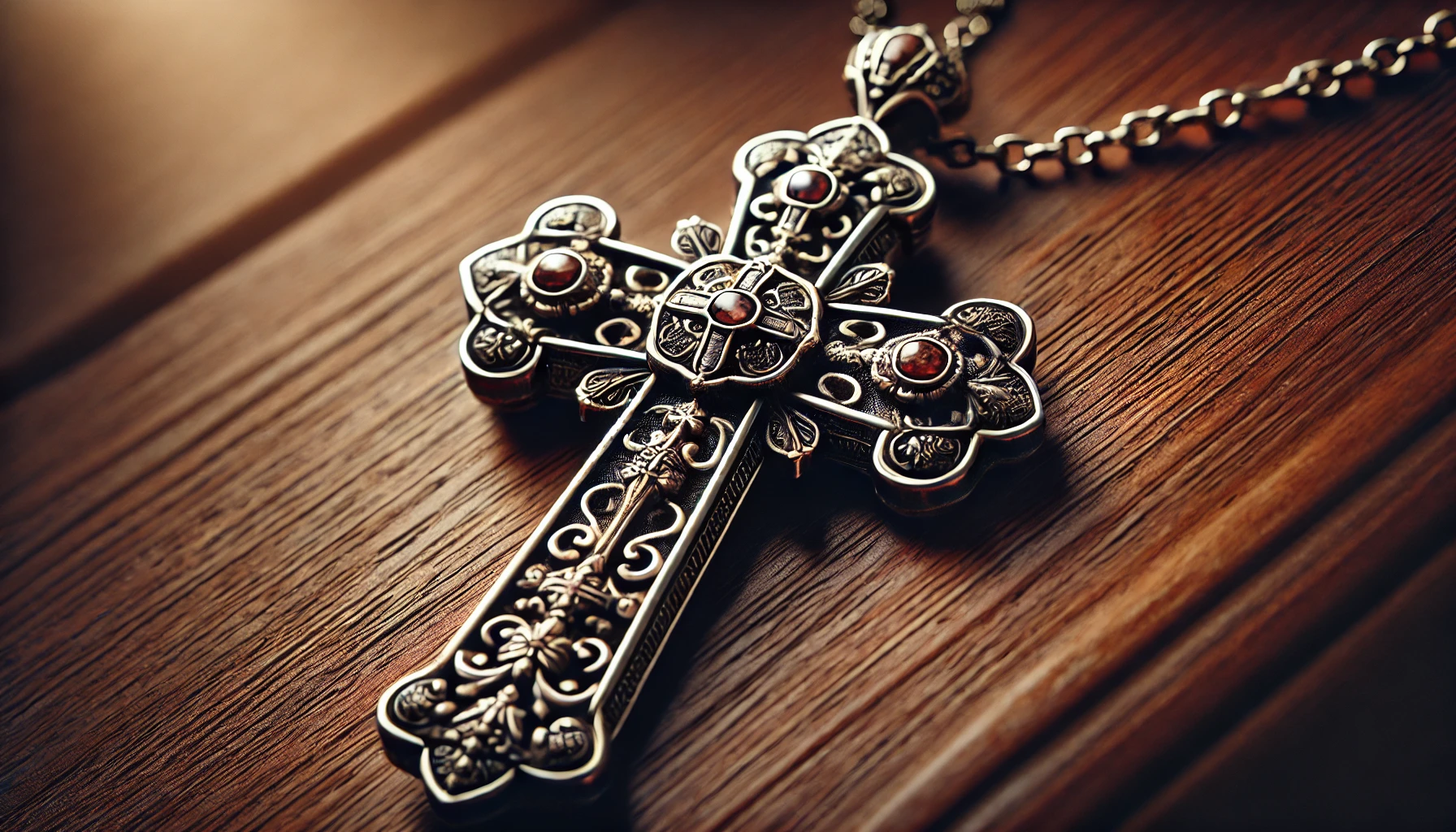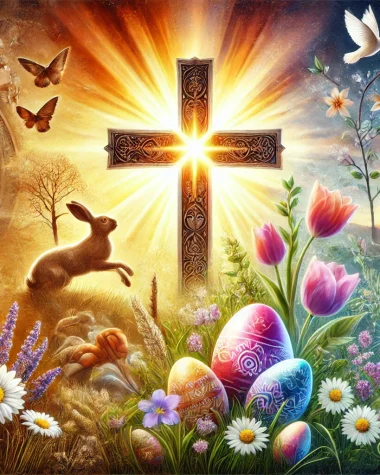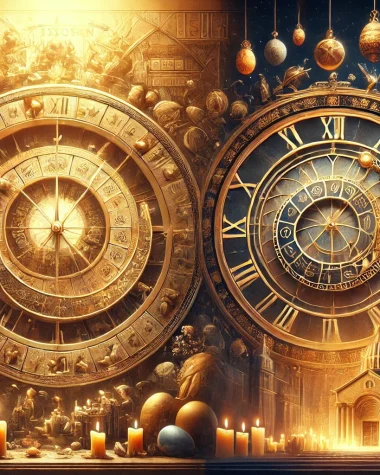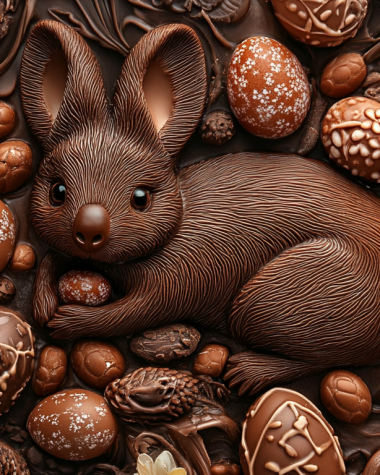Orthodox Christians around the world, particularly in communities like the Greek Orthodox and Russian Orthodox churches, celebrate Easter with a blend of deep spiritual reflection, ancient traditions, and joyous festivity. Known as Pascha, this holy day stands at the heart of Orthodox Christianity, embodying profound theological significance and cultural expression. Unlike Western Easter, which often aligns with the Gregorian calendar, Orthodox Easter typically follows the Julian calendar, often resulting in a later celebration.
Table of Contents
The Lenten Journey: Preparing the Spirit
Orthodox Easter is preceded by Great Lent, a forty-day period of fasting, prayer, and introspection. During this time, the faithful abstain from meat, dairy, and other rich foods, emphasizing simplicity and self-discipline. Holy Week, the final stretch leading up to Easter, is marked by daily church services that intensify in solemnity and focus. These services recount the Passion of Christ, culminating in the emotionally charged Good Friday, when believers mourn the crucifixion and burial of Jesus.
The Midnight Vigil: Awaiting the Resurrection
The most striking moment of Orthodox Easter celebrations occurs during the Paschal Vigil on Holy Saturday night. As midnight approaches, churches around the world are filled with the soft glow of candlelight and the murmurs of anticipation. The service begins in darkness, symbolizing the despair of Christ’s tomb. At the stroke of midnight, the priest announces, “Christ is Risen!” (“Christos Anesti!” in Greek, “Khristos Voskrese!” in Russian), and the congregation responds joyously. Bells ring out, candles are lit, and the church becomes radiant with light and celebration.
A Feast of Faith: Breaking the Fast
Following the midnight service, families and friends gather to break the Lenten fast with a festive meal. This meal often includes symbolic foods, such as lamb to represent Christ as the Lamb of God, red-dyed eggs symbolizing the blood of Christ and the promise of new life, and a sweet bread known as tsoureki or kulich. The red eggs are also used in a playful game where participants crack their eggs against each other, proclaiming the resurrection of Christ.
Paschal Liturgy and Community Joy
On Easter Sunday, the celebrations continue with the Paschal Divine Liturgy, a jubilant service filled with hymns of resurrection and gratitude. This service is a time for the community to come together, united by their faith and shared joy. In many communities, the church’s grounds become the setting for further festivities, including feasts, music, and traditional dances.
Unique Regional Expressions
Orthodox Easter traditions vary from one region to another, reflecting local customs and cultural heritage. In Greece, the island of Corfu is famous for its “Pot Throwing” tradition, where residents hurl clay pots from their balconies to symbolize the renewal of life. In Russia, people visit cemeteries on the Monday after Easter, bringing food to share with their departed loved ones, blending the themes of resurrection and remembrance.
The Spiritual Essence of Pascha
Despite the rich variety of customs, Orthodox Easter is fundamentally about spiritual renewal and the triumph of life over death. The rituals and traditions are designed to engage all the senses, creating a profound connection to the mysteries of faith. Through fasting, prayer, communal worship, and celebration, believers experience a journey from sorrow to joy, from darkness to light.
Orthodox Easter remains a deeply cherished celebration, not only for its religious significance but also for its ability to unite families and communities in a spirit of hope and renewal. Its traditions, steeped in history and meaning, continue to inspire and uplift Orthodox Christians around the world.




